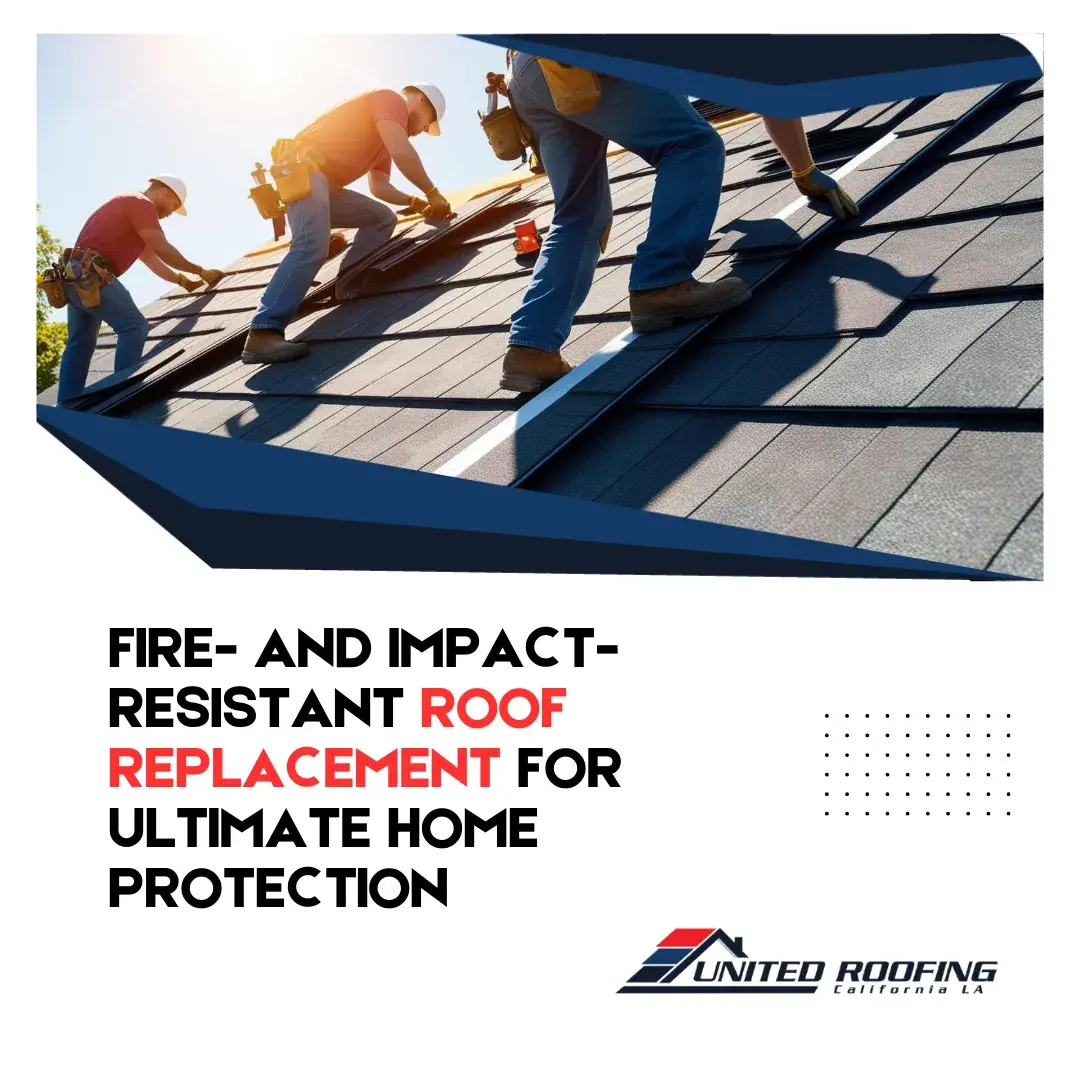As extreme weather events and wildfire risks continue to rise, homeowners are prioritizing safety when upgrading their roofing systems. A fire- and impact-resistant Roof Replacement offers more than just structural coverage—it provides peace of mind. Engineered to withstand heat, debris, hail, and windborne objects, modern roofing materials are designed with long-term resilience in mind. Choosing the right system can help safeguard your property against unpredictable threats while enhancing the overall durability of your home.
Understanding Class A Fire-Rated Materials
One of the highest safety standards in roofing is a Class A fire rating, which indicates superior resistance to flame spread and combustion. Materials like metal roofing, concrete tiles, and specially treated asphalt shingles fall into this category. During a Roof Replacement, opting for Class A products is a smart investment for homes located in wildfire-prone regions or dense urban areas. These materials help slow the spread of external fires and can withstand flying embers without igniting.
Impact Resistance Against Hail and Debris
Storm-related damage from hail, falling branches, or flying debris can compromise the integrity of your roof. Impact-resistant roofing systems are tested under UL 2218 standards and rated from Class 1 to Class 4, with Class 4 offering the highest protection. Roofing products with these ratings—such as synthetic slate, rubberized asphalt, and metal panels—can absorb shock and prevent penetration. By installing a roof that resists physical impact, you reduce the likelihood of emergency repairs and maintain a strong barrier against the elements.
Combining Durability with Modern Aesthetics
Today’s fire- and impact-resistant roofing systems don’t sacrifice style for strength. Manufacturers now offer a wide variety of textures, colors, and profiles that replicate traditional roofing aesthetics while delivering advanced protection. Whether you prefer the look of wood shake, slate, or modern standing seam panels, there are resilient options to match your home’s architecture. A protective roof can still enhance curb appeal and maintain harmony with the surrounding environment.
Choosing the Right System for Your Environment
Location plays a major role in selecting the most effective roofing system. Homes in wildfire zones benefit from non-combustible roofing and fire-resistant underlayments, while properties in storm-prone areas need robust wind and impact protection. A professional roof assessment can help determine which materials and assemblies are best suited to your local conditions. When planning your next roof replacement, focusing on fire and impact resistance ensures that your investment is built for lasting safety and performance.
Learn More
Roof Replacement with Skylights: Benefits, Challenges, and What to Expect

